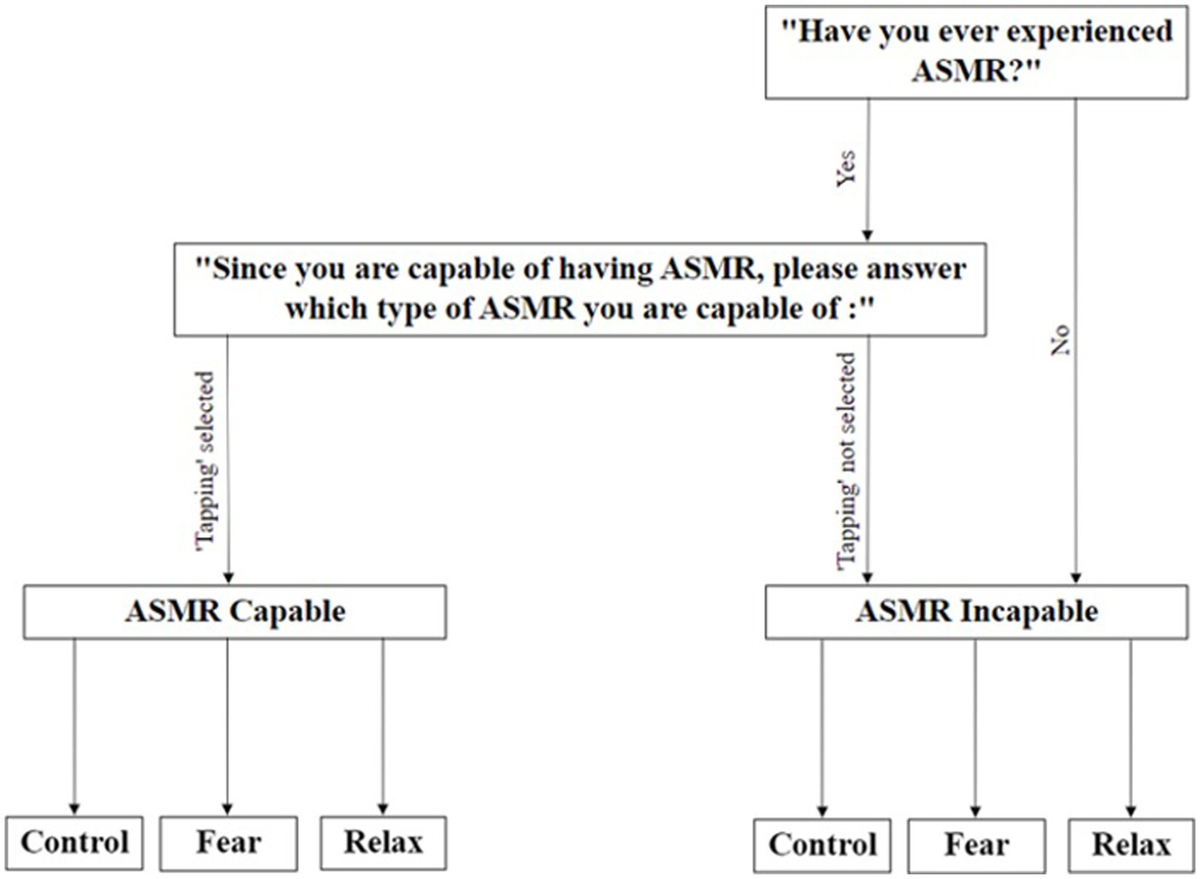
Autonomous Sensory Meridian Response (ASMR) has gained global popularity, transcending cultural and geographical boundaries. Cultural differences play a significant role in shaping individual ASMR experiences, influencing the types of triggers that elicit ASMR sensations and the contexts in which these experiences are situated.
Diversity in ASMR Triggers
The triggers that evoke ASMR sensations exhibit considerable variation across different cultures. While certain triggers such as whispering and tapping are widely recognized, others are deeply ingrained in specific cultural traditions. For instance, indigenous practices may use rhythmic chanting, drumming, and hand movements to induce ASMR-like sensations, which are often interwoven with spiritual practices and community rituals[1]. This cultural specificity indicates that individuals may respond to various stimuli based on their cultural background and personal experiences.
Moreover, modern ASMR content on digital platforms illustrates this diversity further, as it encompasses a myriad of ASMR creators and styles that reflect different cultural aesthetics and practices. With ASMRtists creating content inspired by distinct cultural traditions, viewers engage with ASMR in ways that resonate with their own cultural identities. The incorporation of cultural elements not only diversifies ASMR content but also enhances the sense of connection and belonging among viewers from different backgrounds[2][3].
Historical Context and Cultural Resonance
Historically, ASMR-like experiences can be traced back to various folklore and spiritual practices around the globe, where sensory stimulation has been utilized for personal and communal well-being. Ancient cultures often employed music, incantations, and personal touch in their rituals, suggesting that the phenomenon of ASMR is rooted in universal human needs for relaxation, healing, and emotional resonance. These spiritual and communal contexts highlight the ways in which ASMR experiences are informed by the cultural practices prevalent in a person's society[1][2].
Cultural perception of ASMR also encompasses its historical significance. For some cultures, the ASMR experience is seen as a source of healing and is integrated into alternative therapeutic practices. This cultural framing affects how individuals approach ASMR, either as a mere sensory experience or as a more profound connection to their heritage and traditions. Thus, understanding ASMR through a cultural lens enriches its meaning and significance for individuals across the globe[3][5].
ASMR in Contemporary Digital Culture

The rise of ASMR as a social media phenomenon has further complicated its cultural dynamics. Platforms like YouTube host vast ASMR communities, bringing together individuals from diverse backgrounds and allowing for cross-cultural collaborations among ASMR creators. This environment fosters intercultural dialogue and opens up new avenues for creativity and expression within the ASMR genre[2][3].
However, the accessibility of ASMR content also raises concerns about cultural appropriation and insensitivity. Content creators must navigate cultural representations carefully, as they risk misinterpreting or oversimplifying culturally significant practices. Respect for cultural diversity in ASMR content creation is essential to foster a welcoming and inclusive community[1][4].
Psychological and Emotional Contexts

Cultural factors influence not only the triggers but also the psychological and emotional contexts in which ASMR is experienced. For example, research indicates that ASMR may serve as a coping mechanism for individuals dealing with anxiety, stress, or loneliness. In cultures where mental health issues are stigmatized, individuals may find solace in ASMR as a private way to manage their emotional states, often using it to combat feelings of isolation[2][3][8].
Interestingly, ASMR users report varying degrees of effectiveness in reducing symptoms such as anxiety. Those who identify as prone to anxiety or neuroticism often find ASMR particularly beneficial for relaxation[8]. Consequently, these relationships illustrate how the cultural understanding of emotional regulation and mental health influences the way ASMR is utilized and perceived in different societies[2][8].
Conclusion
Cultural differences profoundly influence ASMR experiences, shaping the triggers that individuals respond to and the contexts in which these sensations are understood. As ASMR continues to evolve in contemporary digital culture, it provides a platform for cross-cultural interaction and expression. Recognizing these cultural implications is crucial for understanding ASMR as a complex and multifaceted phenomenon that resonates differently across individuals and societies. By embracing cultural diversity in ASMR content and acknowledging its historical roots, a more comprehensive understanding of this unique sensory experience can be achieved.
Get more accurate answers with Super Pandi, upload files, personalized discovery feed, save searches and contribute to the PandiPedia.
Let's look at alternatives:
- Modify the query.
- Start a new thread.
- Remove sources (if manually added).